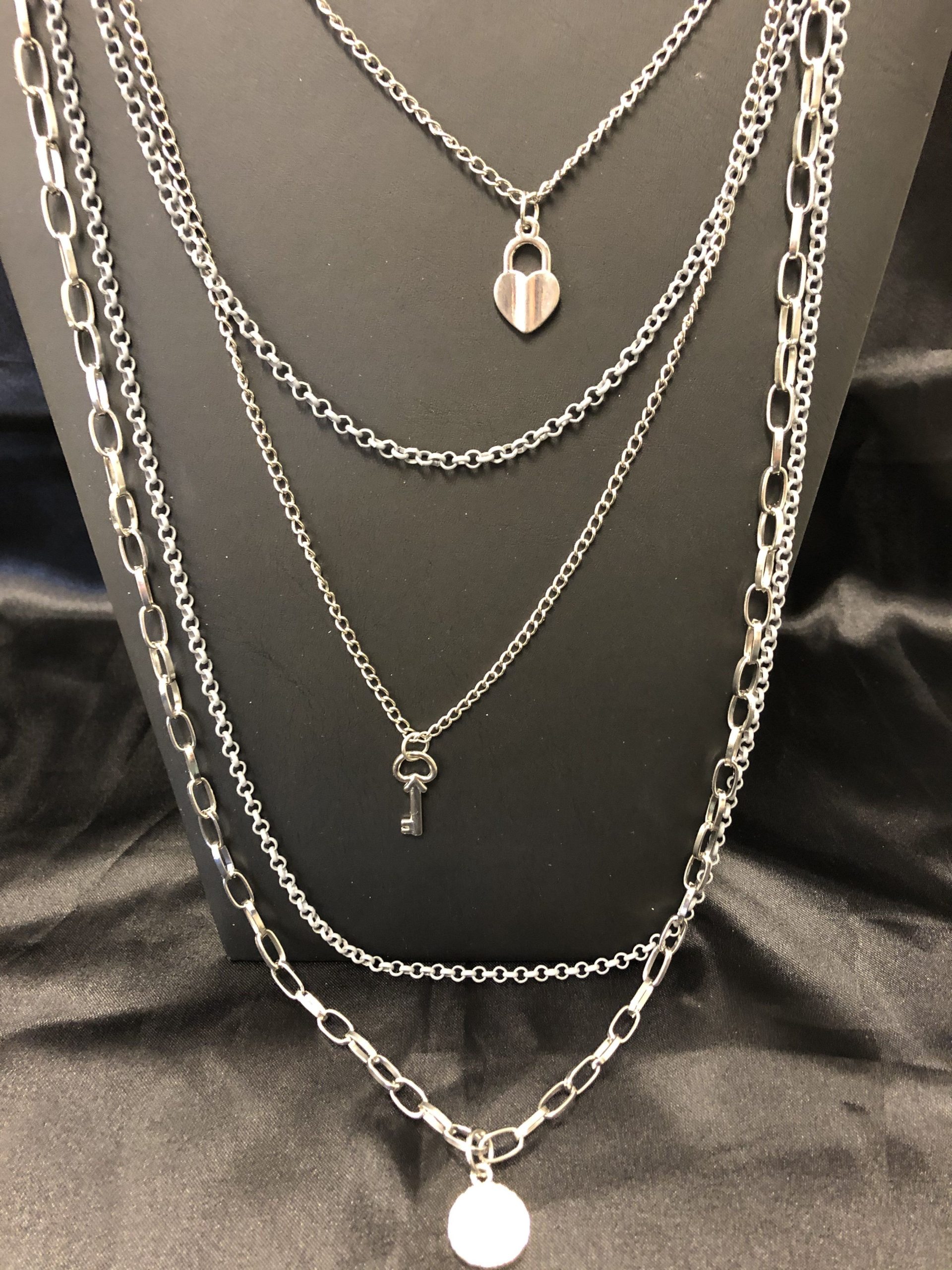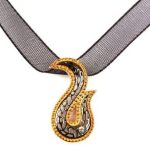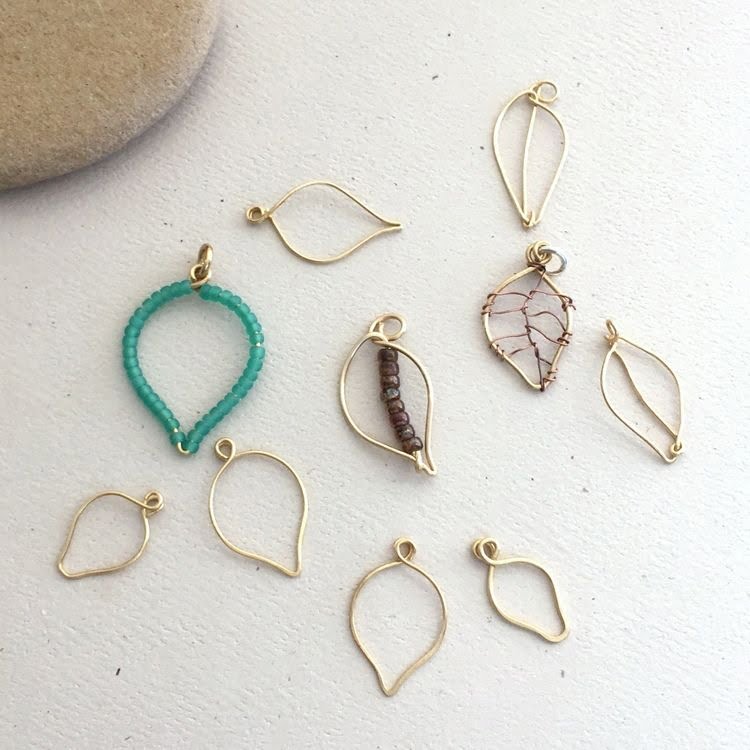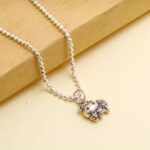Since its founding in 1837, Tiffany & Co. has been a prominent figure in the world of luxury jewelry. The history of Tiffany jewelry collections is a rich tapestry that has evolved over the years, shaping trends and leaving an indelible mark on popular culture. From its iconic blue boxes to its commitment to ethical sourcing, Tiffany & Co. has consistently set the bar for excellence in the industry.
The story of Tiffany & Co. begins with its founding by Charles Lewis Tiffany and John B. Young in New York City. With a vision to create exquisite and timeless jewelry pieces, the brand quickly gained a reputation for quality and craftsmanship. Its early collection laid the foundation for what would later become iconic designs that have stood the test of time.
Over the decades, Tiffany jewelry designs have evolved to reflect changing tastes and styles, yet they have always maintained a sense of sophistication and elegance. From engagement rings to statement pieces, each collection showcases the brand’s dedication to innovation and creativity. The enduring legacy of Tiffany jewelry continues to captivate collectors and enthusiasts alike, making it a mainstay in the world of luxury fashion.
The Founding of Tiffany & Co and the Early Collection
Tiffany & Co. one of the world’s most renowned luxury jewelry brands, has a rich history that dates back to 1837. As a luxury retailer, Tiffany & Co. has established itself as an iconic brand synonymous with elegance and sophistication. The founding of Tiffany & Co. marked the beginning of a legacy that continues to shape the world of luxury jewelry today.
The early collection of Tiffany & Co. was characterized by exquisite craftsmanship and timeless elegance. From the very beginning, the brand’s founder, Charles Lewis Tiffany, set out to create jewelry pieces that were not only beautiful but also held immense value. The early collection comprised of stunning diamond and gemstone jewelry, setting the stage for what would become a tradition of excellence in design and craftsmanship.
Notable pieces from the early collection include intricate Victorian-era designs such as ornate brooches, delicate necklaces, and stunning earrings that showcased the exceptional skill of Tiffany jewelers. These pieces are revered for their timeless beauty and have become coveted collector’s items among enthusiasts of fine jewelry.
- Early Collection highlights:
- Ornate brooches
- Delicate necklaces
- Stunning earrings
As one delves into the history of Tiffany jewelry collections, it becomes clear that the founding principles established by Charles Lewis Tiffany continue to influence the brand’s designs to this day. The enduring legacy of the early collection is a testament to Tiffany & Co.’s commitment to creating exquisite and enduring pieces that resonate with connoisseurs of luxury jewelry worldwide.
Evolution of Tiffany Jewelry Designs Over the Decades
Tiffany & Co. has a rich history of creating timeless and iconic jewelry pieces that have evolved over the decades. From its founding in 1837 to the present day, the brand has continued to innovate and set trends in the world of luxury jewelry. The evolution of Tiffany jewelry designs can be traced through different eras, each characterized by distinct styles and influences.
The Victorian Era
During the Victorian era, Tiffany & Co. was known for its intricate and elaborate designs that reflected the romantic and sentimental nature of the time. Jewelry pieces were often adorned with gemstones such as diamonds, sapphires, and pearls, and featured detailed metalwork such as filigree and engraving.
The Art Deco Period
In the 1920s and 1930s, Tiffany & Co. embraced the geometric shapes and bold colors characteristic of the Art Deco movement. This era saw an emergence of sleek lines, symmetrical patterns, and vibrant gemstones such as emeralds, rubies, and onyx. The company’s designs during this period reflected the modernity and glamour of the Jazz Age.
Modern Times
In more recent years, Tiffany & Co. has continued to evolve its design aesthetic while staying true to its legacy of elegance and sophistication. The brand has embraced innovative techniques and materials to create contemporary yet timeless pieces that appeal to a new generation of jewelry connoisseurs.
The history of Tiffany jewelry collections is a testament to the brand’s ability to adapt to changing tastes while maintaining its reputation for quality craftsmanship and exquisite design. With each passing decade, Tiffany & Co. continues to set the standard for luxury jewelry that stands the test of time.
Famous Tiffany Jewelry Pieces Throughout History
When discussing the history of Tiffany jewelry collections, it is impossible not to mention some of the most famous pieces that have captured the world’s attention over the years. From extravagant diamond necklaces to delicate engagement rings, Tiffany & Co. has created iconic pieces that have become timeless symbols of luxury and elegance.
The Tiffany Setting Engagement Ring
Arguably the most famous and iconic piece in the history of Tiffany jewelry collections, the Tiffany Setting engagement ring revolutionized the way diamonds were set in rings. Introduced in 1886 by Charles Lewis Tiffany himself, this six-prong setting raised the diamond above the band to allow more light to pass through the stone, enhancing its brilliance and fire. This classic design has become synonymous with true love and has been adorning the fingers of brides for generations.
The Ziegfeld Collection
Inspired by the glamour of the Roaring Twenties, the Ziegfeld Collection pays homage to one of America’s most iconic eras. Featuring lustrous pearls and intricate designs reminiscent of Art Deco architecture, this collection captures the essence of sophistication and luxury. Pieces from this collection have been worn by celebrities on red carpets and have become coveted heirlooms for those who appreciate its vintage appeal.
Blue Book Collection
Every year since 1845, Tiffany & Co. releases their Blue Book Collection, showcasing some of their most exquisite and extraordinary creations. These limited edition pieces are often adorned with rare gemstones and intricate designs that push the boundaries of artistic expression. The Blue Book Collection represents the pinnacle of craftsmanship and creativity within Tiffany’s history of jewelry collections.
These famous pieces not only represent exceptional craftsmanship but also serve as testaments to how Tiffany & Co. has continuously shaped and influenced jewelry trends throughout history. Their enduring allure speaks to their ability to transcend time and remain relevant in an ever-changing industry.
Collaborations and Influences on Tiffany Jewelry Collections
Tiffany & Co. has a long and illustrious history of collaborating with some of the world’s most influential designers and artists. These collaborations have played a significant role in shaping the iconic Tiffany jewelry collections that we know today. From avant-garde designers to art luminaries, these partnerships have brought fresh perspectives and innovative designs to the brand, ensuring its ongoing relevance in the world of luxury jewelry.
One of the most famous collaborations in the history of tiffany jewelry collections is the partnership between Tiffany & Co. and renowned designer Jean Schlumberger. Schlumberger’s whimsical and nature-inspired designs became synonymous with Tiffany’s aesthetic, with pieces like his “Bird on a Rock” brooch capturing the hearts of collectors around the world. The collaboration between Tiffany and Schlumberger continues to influence modern jewelry design, proving that timeless beauty knows no bounds.
In addition to collaborations with individual designers, Tiffany & Co. has also been influenced by broader artistic movements throughout its history. From Art Nouveau to Art Deco, Tiffany has consistently drawn inspiration from the cultural zeitgeist, creating jewelry pieces that reflect the spirit of their time while maintaining a classic elegance that transcends trends. This openness to outside influences has allowed Tiffany to remain at the forefront of luxury jewelry design for over a century.
| Collaborations and Influences | Importance |
|---|---|
| Jean Schlumberger | Influential collaboration that continues to inspire modern design. |
| Artistic Movements | Continuous source of inspiration for timeless yet innovative designs. |
The Iconic Tiffany Blue Box and Its History
The iconic Tiffany Blue Box has become synonymous with luxury and elegance. It is a symbol of the exceptional quality and craftsmanship that Tiffany & Co. has come to represent over the years. The history of the Tiffany Blue Box dates back to the 19th century, when the distinctive shade of blue was chosen for the cover of their catalog by founder Charles Lewis Tiffany.
The famous box made its debut in 1845, and it has since become an integral part of the brand’s identity. The robin’s egg blue color, now known as “Tiffany Blue,” is instantly recognizable and is often associated with special occasions such as engagements, weddings, and milestone celebrations. The packaging has played a significant role in creating a unique and memorable experience for customers, adding to the allure of owning a piece of Tiffany jewelry.
In addition to its aesthetic appeal, the Tiffany Blue Box also represents the brand’s commitment to excellence and attention to detail. Each box is meticulously handcrafted and adorned with a white satin ribbon, creating an air of anticipation and excitement when it is presented.
Over time, the box has become an enduring symbol of sophistication and romance, further solidifying its place in popular culture. In fact, in 1906, Tiffany & Co. trademarked the specific shade of blue used for their boxes, making it an important part of their brand identity.
| History | Facts |
|---|---|
| The iconic blue box made its debut in 1845 | Symbolizes quality and craftsmanship |
| Trademarked by Tiffany & Co. in 1906 | Represents sophistication and romance |
Impact of Tiffany Jewelry on Popular Culture
Tiffany & Co. has had a significant impact on popular culture, with its iconic jewelry pieces being featured prominently in films, television shows, and even literature. The brand’s presence in popular culture has made Tiffany jewelry collections highly coveted and sought after by celebrities and consumers alike. Here are some key ways in which Tiffany jewelry has left its mark on popular culture:
- Breakfast at Tiffany’s: Perhaps the most famous association of Tiffany & Co. with popular culture is the iconic film “Breakfast at Tiffany’s” starring Audrey Hepburn. The opening scene, featuring Hepburn peering into the windows of Tiffany’s while wearing a little black dress and pearls, has become synonymous with luxury and elegance.
- Celebrity Endorsements: Over the years, numerous celebrities have been photographed wearing stunning Tiffany jewelry pieces on the red carpet and at high-profile events. From Marilyn Monroe’s performance of “Diamonds Are a Girl’s Best Friend” to modern-day celebrities like Lady Gaga and Elle Fanning, Tiffany jewelry has remained a staple in Hollywood fashion.
- Influencing Fashion Trends: Tiffany & Co.’s innovative designs have often set trends in the fashion industry, inspiring other jewelry brands and designers to create similar styles. The brand’s timeless pieces continue to be showcased in fashion magazines and on social media influencers, further cementing their place in popular culture.
The enduring appeal of Tiffany & Co.’s jewelry collections in popular culture highlights the brand’s timeless elegance and influence across generations. From classic films to contemporary celebrity endorsements, the presence of Tiffany jewelry continues to captivate audiences worldwide.
Sustainability and Ethical Sourcing in Tiffany Jewelry Collections
In recent years, there has been an increasing focus on sustainability and ethical sourcing in the world of luxury jewelry. Tiffany & Co. with its rich history of tiffany jewelry collections, has been at the forefront of this movement. The company has made a commitment to responsible sourcing of its materials and ethical practices in its production processes.
Tiffany & Co. has taken significant steps to ensure that the materials used in its jewelry collections are sourced in a responsible manner. For example, the company is known for its leadership in diamond traceability and was among the first to implement a rigorous diamond-sourcing protocol. This ensures that their diamonds are conflict-free and ethically sourced, providing customers with peace of mind about the origin of their sparkling gemstones.
In addition to diamonds, Tiffany & Co. also prioritizes responsible sourcing of other precious metals and gemstones used in their jewelry. The company has forged partnerships with suppliers who adhere to strict environmental and labor standards, ensuring that their products are not only beautiful but also ethical. By taking these steps, Tiffany & Co. sets a high standard for sustainability and ethical sourcing within the luxury jewelry industry, inspiring other brands to follow suit.
Conclusion
In conclusion, the history of Tiffany jewelry collections is a testament to the enduring legacy of the brand through the years. From its humble beginnings in New York City to becoming a global leader in luxury jewelry, Tiffany & Co. has continued to captivate and inspire with their timeless designs and impeccable craftsmanship.
The evolution of Tiffany jewelry designs over the decades has reflected the changing trends and tastes while still maintaining the brand’s signature style and elegance. From the iconic Tiffany Setting engagement ring to the whimsical designs of Elsa Peretti and Paloma Picasso, each piece tells a story of innovation and creativity.
Furthermore, collaborations and influences on Tiffany jewelry collections have helped to keep the brand relevant and fresh while staying true to its heritage. The partnerships with talented designers and artists have resulted in unique and iconic pieces that have left a lasting impact on popular culture. As we look back at the history of Tiffany jewelry collections, it is evident that their commitment to sustainability and ethical sourcing will ensure that their legacy continues for many more years to come.
Frequently Asked Questions
What Is the History of Tiffany and Co Collection?
The history of Tiffany and Co collection dates back to 1837 when the company was founded in New York City. Known for its high-quality jewelry, Tiffany has a rich heritage of creating iconic pieces that have become synonymous with luxury and elegance.
How Can You Tell if Tiffany Is Vintage?
Identifying vintage Tiffany jewelry involves looking for specific hallmarks on the piece, such as the “T & Co” stamp or the “©Tiffany & Co” marking. Additionally, vintage Tiffany items are often made with high-quality materials like sterling silver or gold, and may feature classic designs from past eras.
What Is So Special About Tiffany Jewelry?
The special appeal of Tiffany jewelry lies in its timeless design, impeccable craftsmanship, and prestige associated with the brand. Each piece is created with attention to detail and quality, making it a symbol of sophistication and luxury. From engagement rings to iconic bracelets, Tiffany jewelry holds a unique place in the world of luxury accessories.

Welcome to my jewelry blog! My name is Sarah and I am the owner of this blog.
I love making jewelry and sharing my creations with others.
So whether you’re someone who loves wearing jewelry yourself or simply enjoys learning about it, be sure to check out my blog for insightful posts on everything related to this exciting topic!





